Robotic Brickwork
When researching construction, you invariably discover that any new or innovative idea has actually been tried over and over again, often stretching back decades.
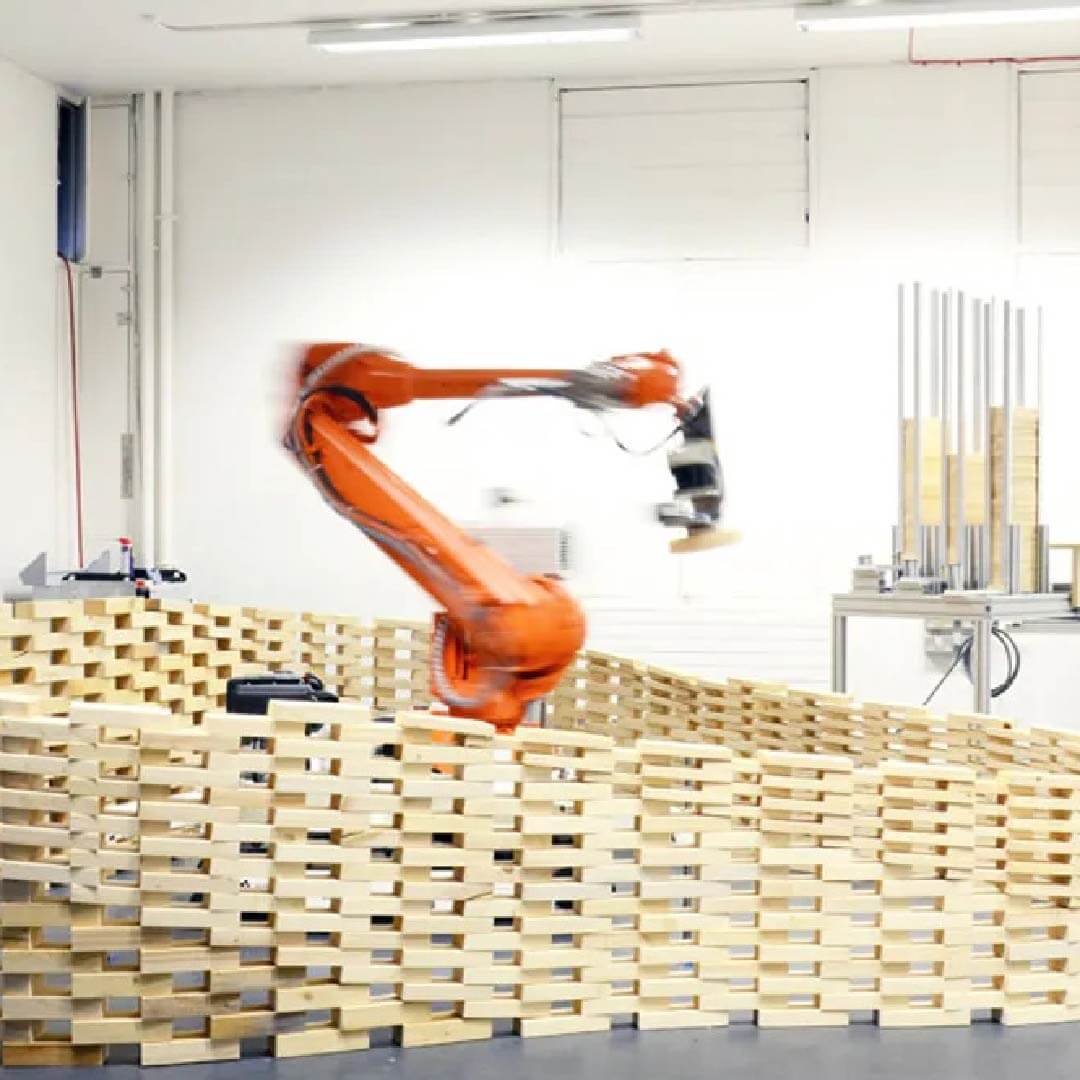
[1]
One of these new-but-actually-old ideas is the idea of a mechanical bricklayer, a machine to automate the construction of masonry walls.
Given that the need for skilled bricklayers and for more homes are both rapidly increasing globally, automating the bricklaying process for faster, mass construction is an obvious answer.
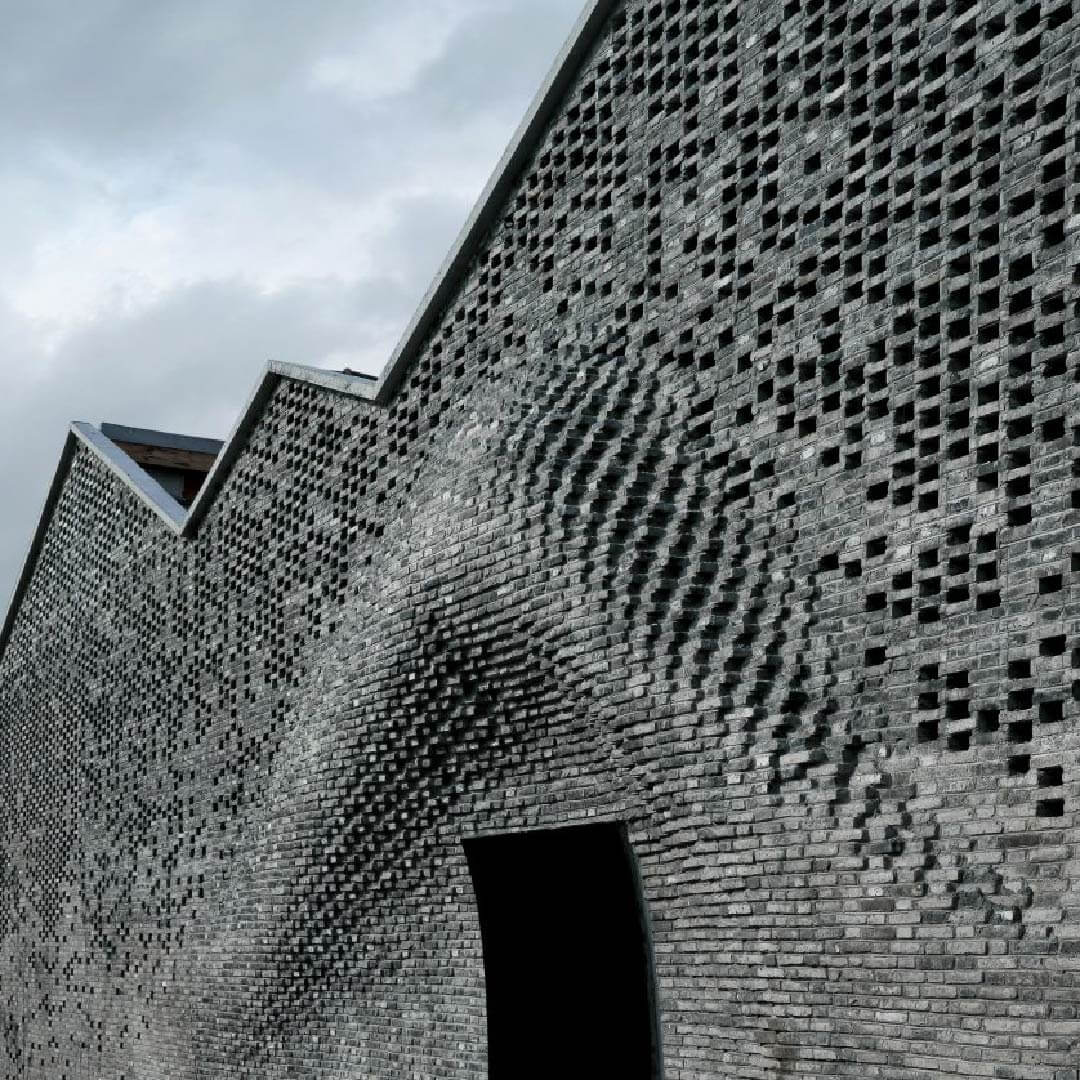 And as the move to construction robots continues to develop, it is likely that BIM will play an ever-increasing and integral role within the construction process as the means of providing construction information to these new technologies.
And as the move to construction robots continues to develop, it is likely that BIM will play an ever-increasing and integral role within the construction process as the means of providing construction information to these new technologies.
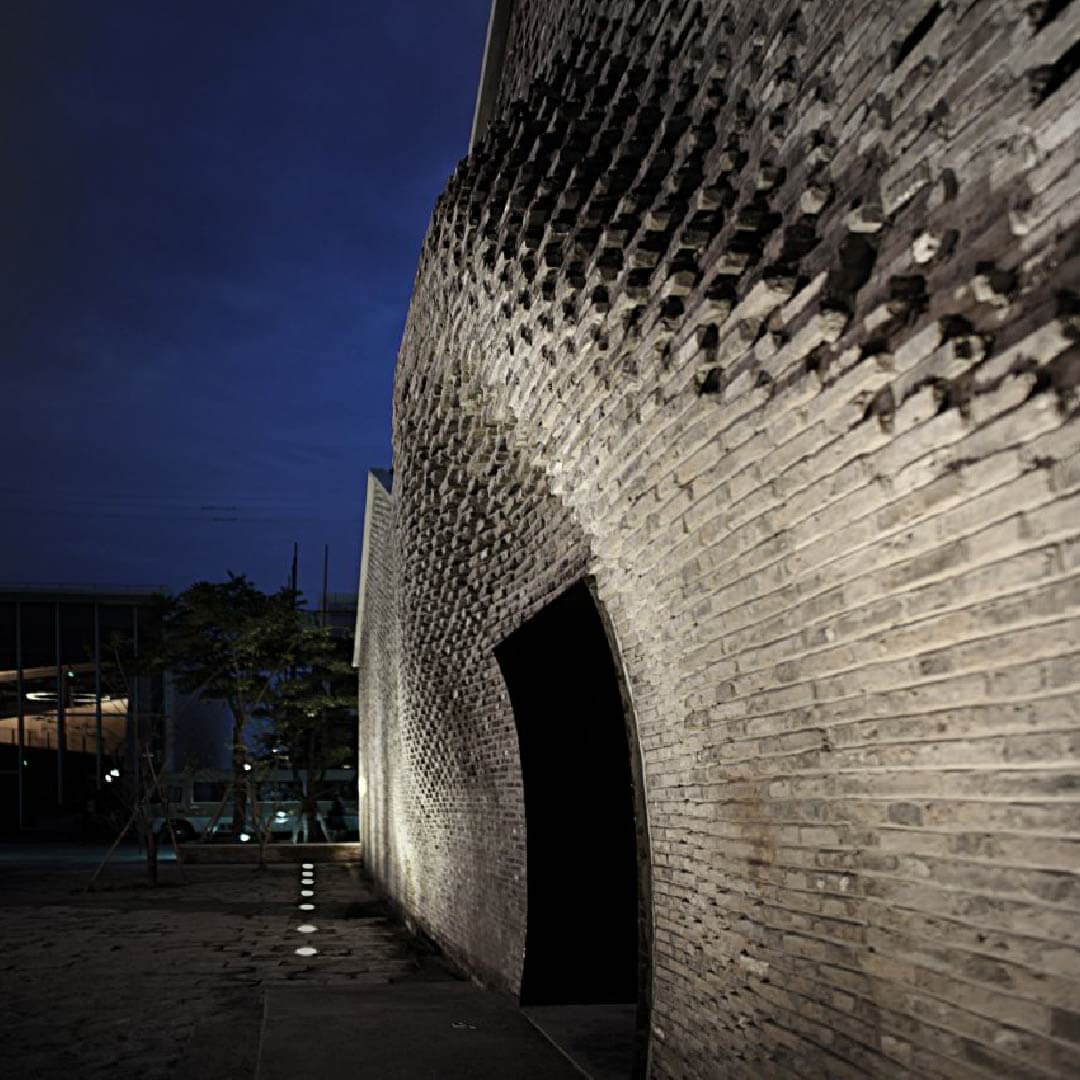
[2]
One thing is for certain – the digital, autonomous era truly has arrived within the construction industry.
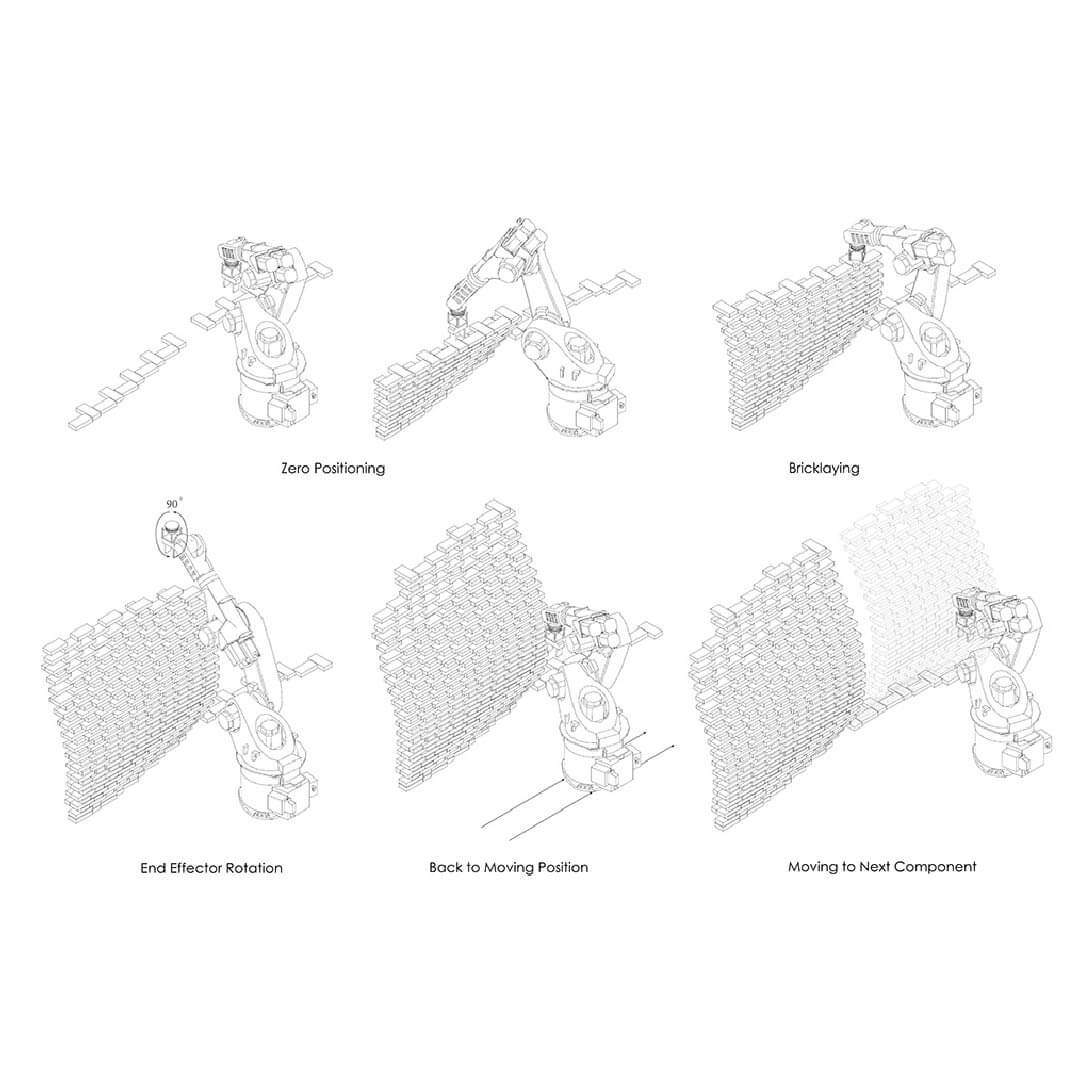
[3]
With the move to Industry 4.0, robots are starting to appear within the construction industry landscape. And with the labor shortages experienced in all countries, it is no surprise that innovators are turning to robotics to help plug the gap in skilled trades.
The Hadrian X bricklaying robot made headlines in 2016 when it laid 1,000 bricks in an hour. To understand how this compares, human bricklayers can typically lay 300-500 bricks per day, with the record being 914 bricks laid in an hour.
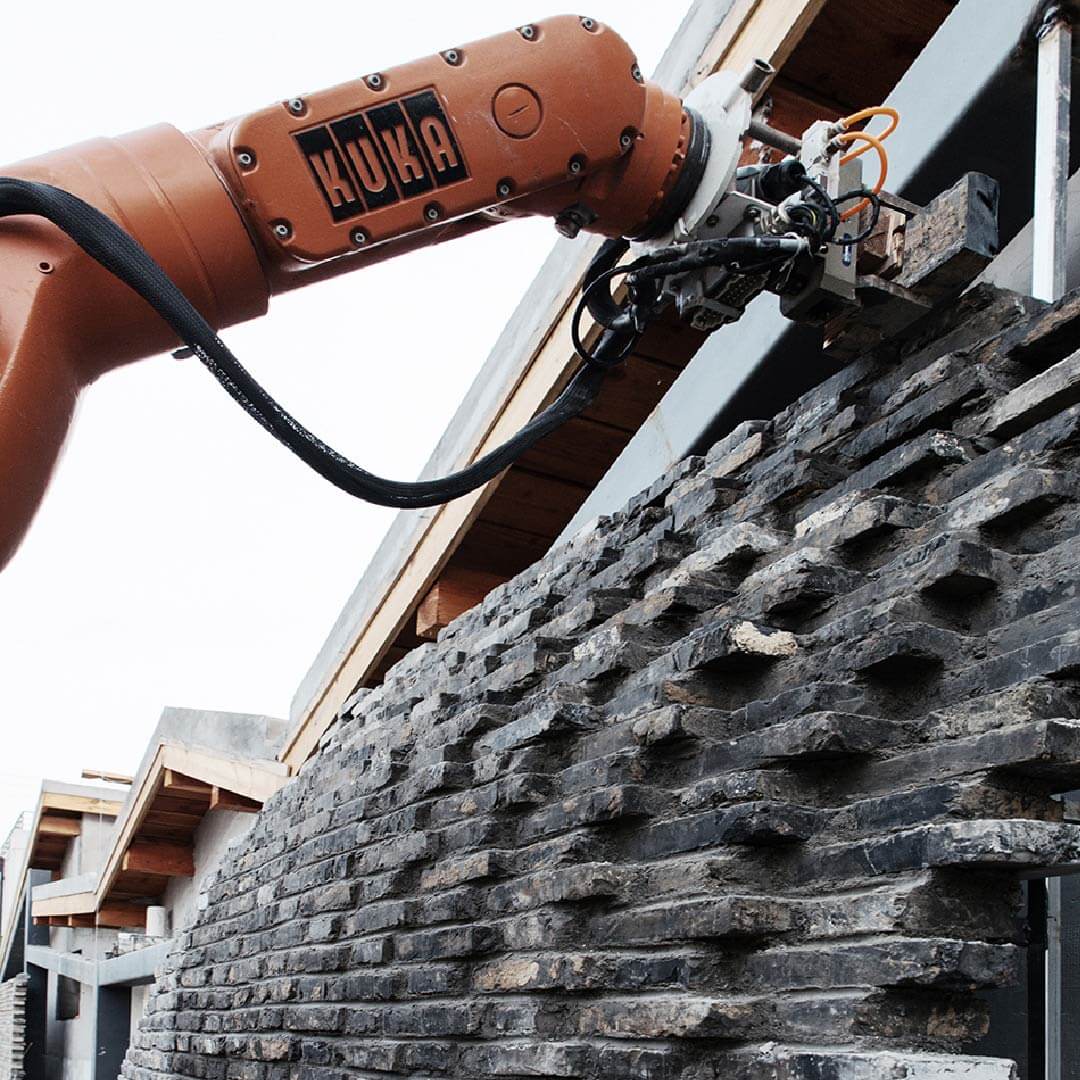
[4]
Since then, FBR has been fine-tuning both the robot and the materials it works with, using specially designed blocks that interlock and are 12 times larger than a traditional brick.
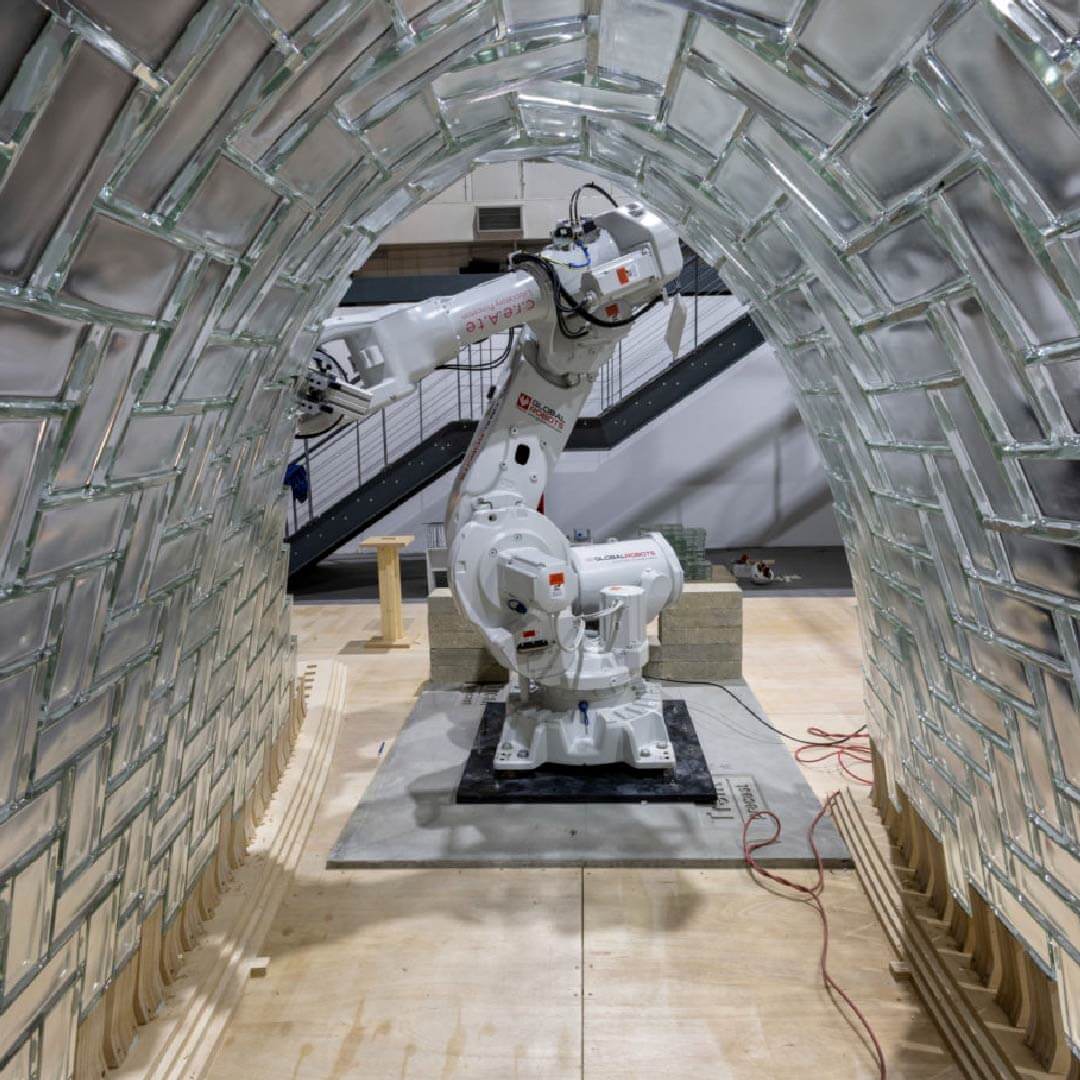 The robot uses a 30-meter boom which delivers the bricks to the layhead, and it can also cut, grind, mill, and route the bricks to fit.
The robot uses a 30-meter boom which delivers the bricks to the layhead, and it can also cut, grind, mill, and route the bricks to fit.
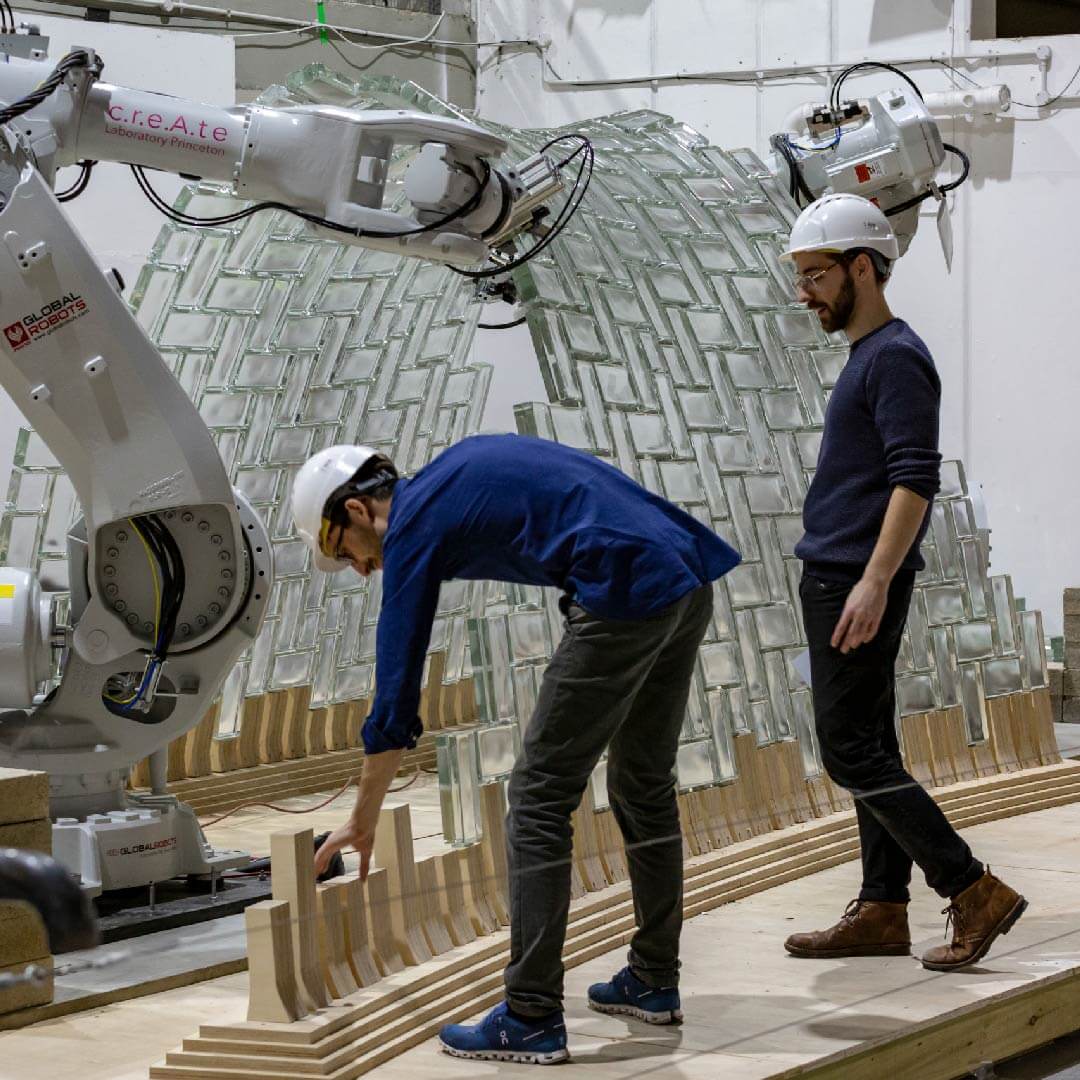
[5]
Different brick sizes can be accommodated, from the standard-sized brick to the large blocks developed by FBR. The bricks need to be manually loaded onto the robot, after which it can run autonomously.
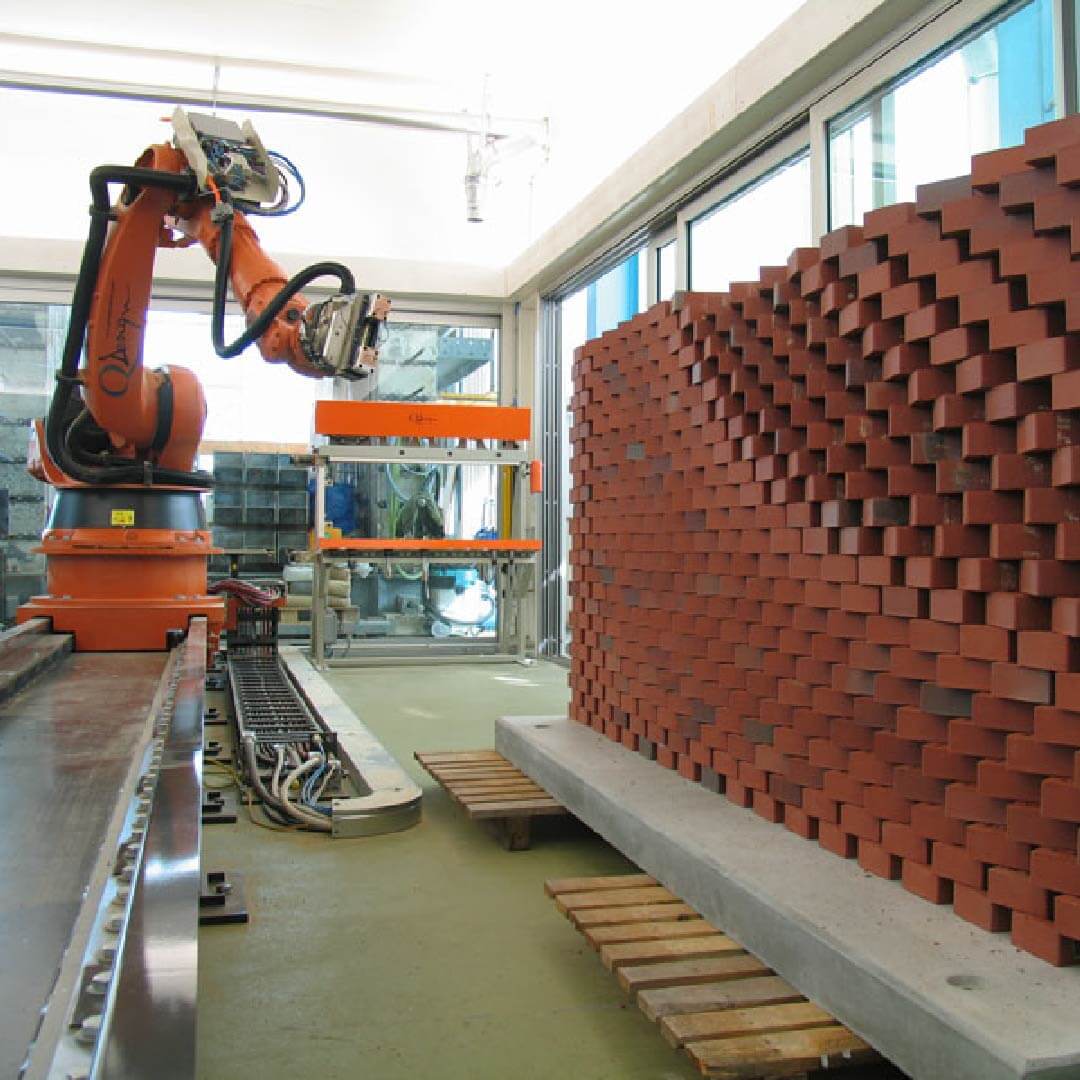 At the moment, the proprietary control system takes CAD and 3D model information and uses Cartesian coordinates and parametric design to determine where each brick should be placed.
At the moment, the proprietary control system takes CAD and 3D model information and uses Cartesian coordinates and parametric design to determine where each brick should be placed.
With the rise of Building Information Modeling (BIM) and 3D modeling, it is not difficult to imagine a time when bricklaying robots such as these can access and use the BIM model to determine how and where to lay the bricks.
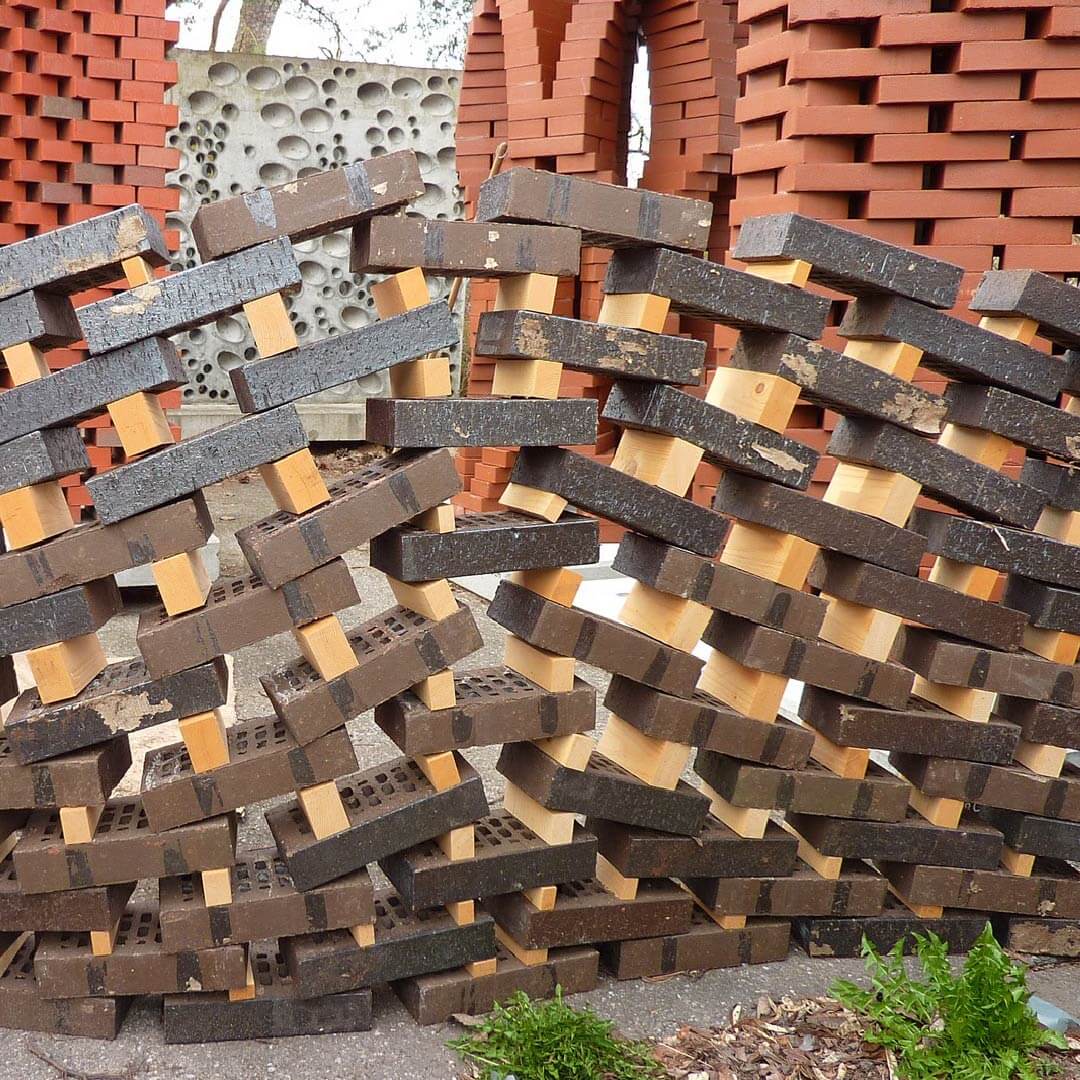
[6]
Construction Robotics’ approach has been slightly different to that of FBR. Rather than automating the entire process, the SAM100 (Semi-Automated Mason) works alongside a person to help remove some of the manual labor from the process.
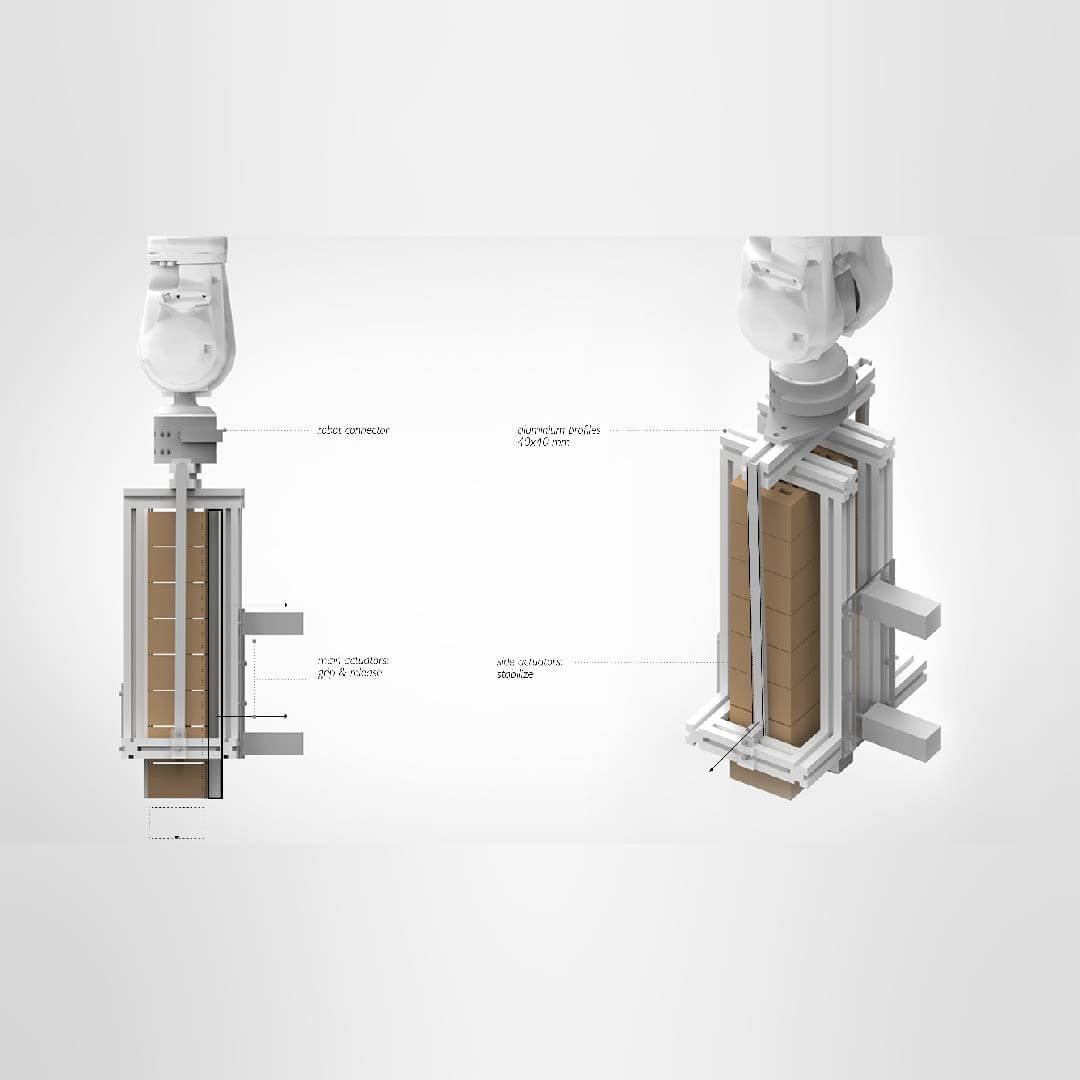
[7]
Given that the need for skilled bricklayers and for more homes are both rapidly increasing globally, automating the bricklaying process for faster, mass construction is an obvious answer.
Text Source: Construction Physics
The Robot That Can Lay 1,000 Bricks In An Hour / allplan
Video Source:
LightVault / Vimeo / createlabprinceton
“In situ Fabricator” (Time-lapse) / Youtube/ NCCR Digital Fabrication
Brick Labyrinth / Youtube / Shaun, Dai-Syuan Wu
Initial Design Robotic Fabrication / Youtube/ Mary Ayeni
Masonry Construction Robot laying Bricks on a construction site / Youtube / Construction Robotics
Automatic parametric wall design by using an industrial robot arm. / Youtube / Dibash Adhikari
Robot Brick Layer / Youtube/ Apokmarko3
AUS Robotic Wall / Youtube/ Kevin Sweet
Bricklaying Robot / Youtube / Robots do Art
Pike Loop / Vimeo / Storefront for Art&Architecture
Brick-laying robot / Youtube / Tech Insider / Hadrian X




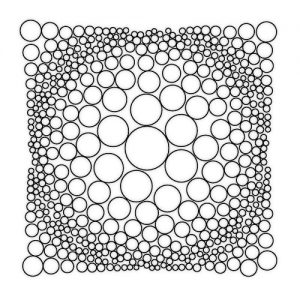























Comments
Felsager
This site is a fantastic source for almost everything related to parametric architecture.
Thank you so much for such database. Very useful.